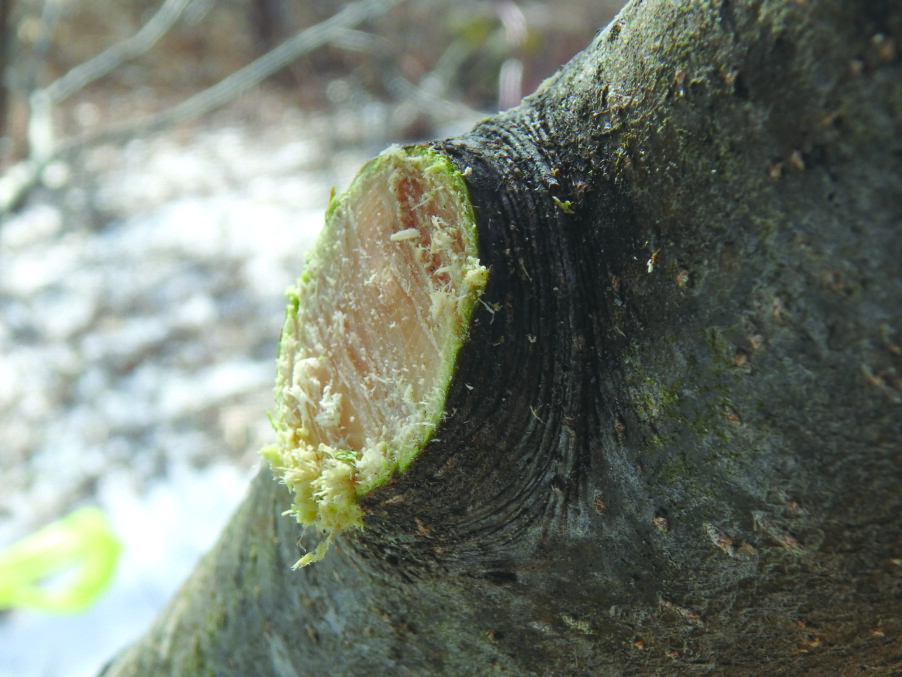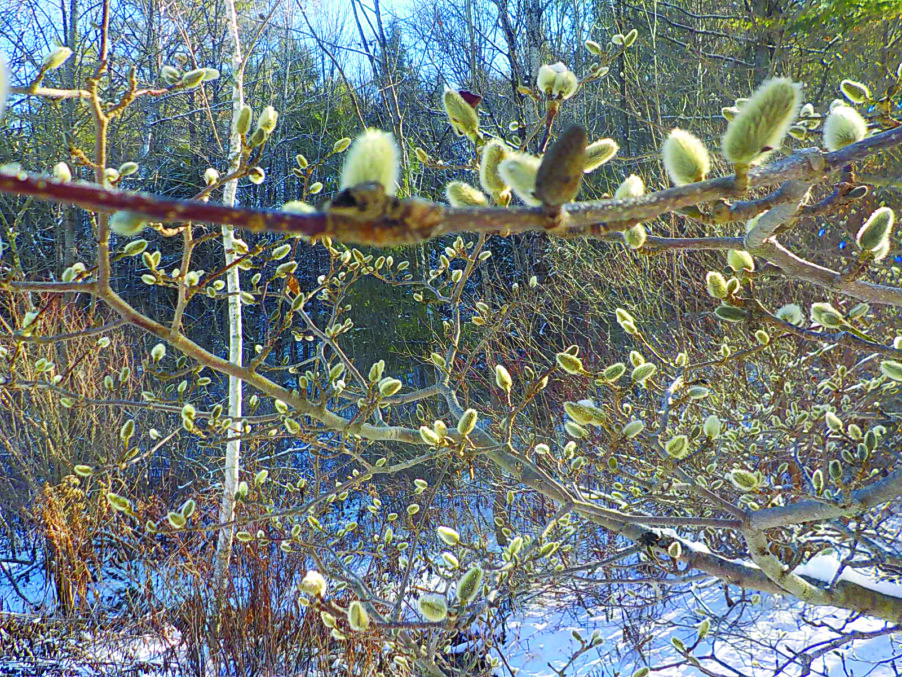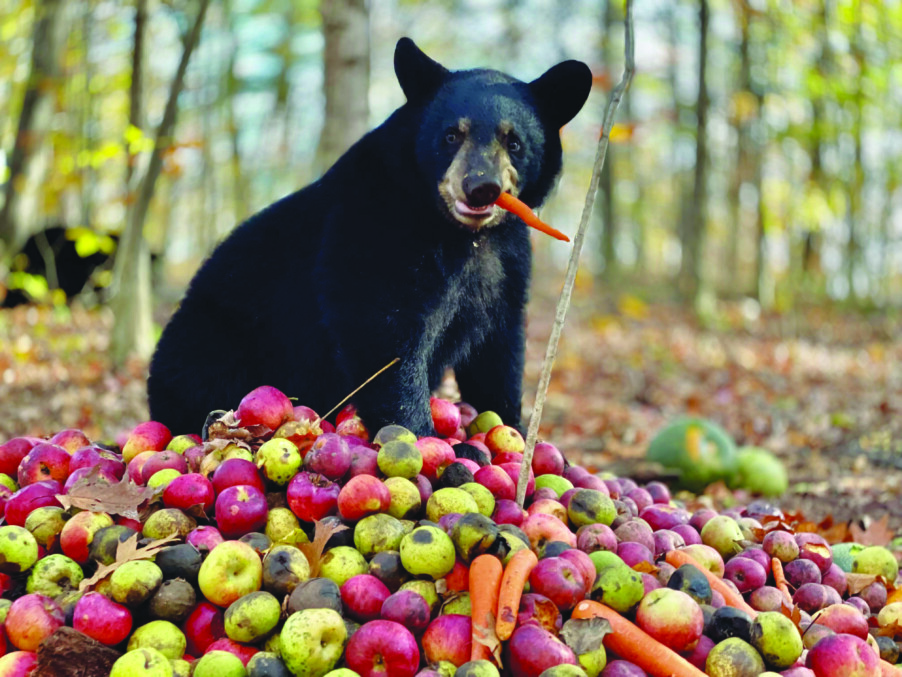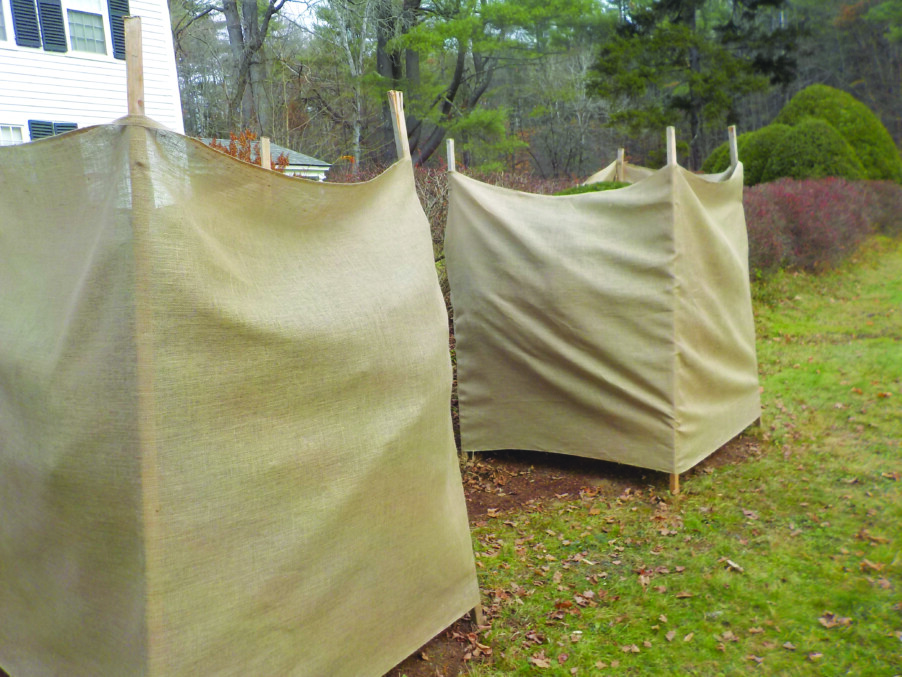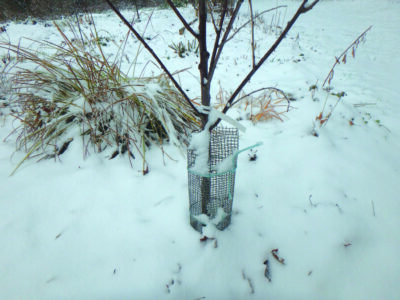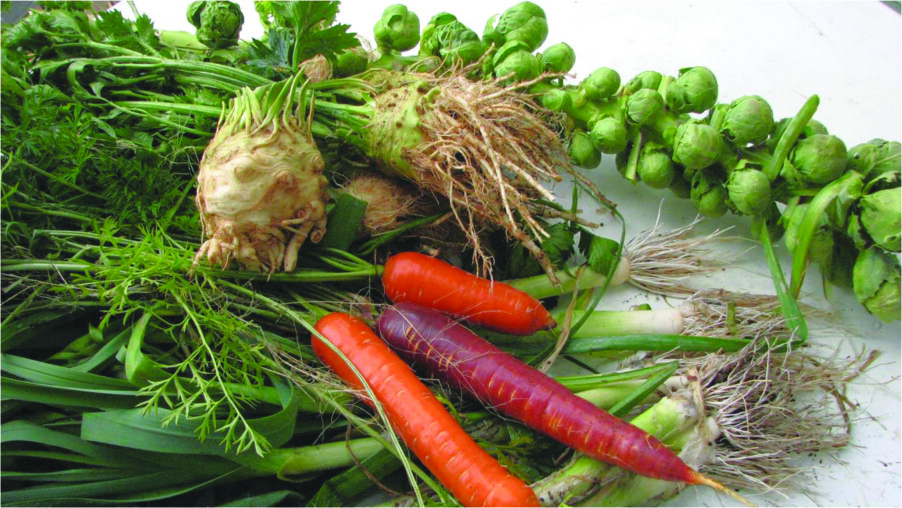Put on a hoodie and shake off the snow
We recently got hit by a big winter storm that dropped at least 15 inches of heavy, wet snow. It clung to branches, breaking some and bending others to near their breaking points. If you suffer the same sometime this winter, here are some things you might consider to help your woody plants.
First, the best thing to do is be proactive. Even before the storm had finished I went outside and started shaking branches to get snow off them. Wear a hoodie! Snow can go right down your neck if you don’t. For shrubs and small trees, you can shake the central stem, and it will clear the snow from the entire plant. For larger trees, you will need to shake individual branches.
A good tool for clearing snow is a bamboo pole, the longer and thicker the better. Some hardware stores and feed-and-grain stores will have them. I used one to knock snow off branches I couldn’t reach.
So what can you do to repair cracked and broken branches? Generally, nothing. Take a sharp saw or loppers and remove the branch back to its point of origin — the main trunk or a large branch. But don’t cut flush to the trunk if you can avoid it. And never leave a stub as it will have to rot back to the branch collar to heal.
The tree heals itself at what is called the branch collar. The branch collar is a swollen area at the base of each branch. If you cut that off flush to the trunk, it will be harder to heal and take longer. Often the branch collar has ridges or rings around it, and you should leave them in place.
Two winters ago we had a big snowstorm and my small leatherwood shrub (Dirca palustris) split up the middle. The break was not complete: There was still an attachment point for both halves of the shrub. I didn’t notice the damage for a few days, but when I did, I decided to try to repair it.
Grafting is a well-known but difficult skill whereby a skilled person can add a branch to a living tree. This is most often done with fruit trees, allowing orchardists to add other varieties of apple on a tree. I have an apple with three different flavors of apple because it had other varieties grafted to the original tree. Truth be known, the tree came like that. I’ve taken classes in grafting and tried to do it, but have never succeeded. It’s an art.
But back to my little leatherwood tree. Because it was still hinged at the bottom of the break, I moved it back together and used some stretchy green plastic tape to wrap the two halves together. I wound it tightly, and lo and behold, it worked! I removed the tape (which is usually used for tying flower stems to stakes to keep them from breaking in the rain) after two or three months. Now, two years later, the shrub shows no signs of ever being damaged, other than a little scar tissue.
What else did the storm do? It almost flattened a small grove of willow trees I had planted 20 years ago. They are a variety of Salix integra called Hakuro Nishiki. Very popular, these willows have tri-colored leaves (green, white and for part of the summer pink) and are fast-growing. There is nothing I can do for them. They are bent over and weighed down by snow, but should recover once the snow melts in a week or two. And if they don’t spring back up? I will lop off the bent stems and let them re-grow. It’s difficult to kill a willow, and they should have been shortened long ago.
The storm also knocked down a large tree on our property, a wild black cherry (Prunus serotina). The black cherry doesn’t produce cherries we can eat, but birds eat them. The fruit is just a third of an inch across with a pit. Not much food for anybody, really. The blossoms are not important, either, but it is a good plant for pollinators, one of the keystone species.
The tree we lost had a diameter of 14 inches at its base and stood over 67 feet tall — I measured it after it fell. It was not one I had planted, but a bird probably dropped a seed in our woods. I will count the growth rings when it gets cut up for firewood. Where it grew is a good example of where not to plant a tree.
So what was wrong with our tree? Most trees do not have tap roots going down deep into the soil. Two feet is probably average. But they spread widely. I was told in a horticulture class to think of a tree as a wine glass sitting on a dinner plate. The plate represents the root system, the wine glass the trunk and branches.
But ours was growing right next to a rock ledge that was actually showing above ground. The roots could not grow that way, so all the roots were on just three sides. The wind came from the fourth side, and with the snow load, it blew over. So if you plant trees, be mindful of bedrock and ledge. Keep away from them. You can use a steel rod or crowbar to poke the soil to find ledge before planting.
Although I will miss that big tree, I try to never mourn a plant that dies. After all, it provides me a chance to plant something else there. My best wishes to you all for the holidays.
Featured photo: Cut back a broken branch to the branch collar. Photo by Henry Homeyer.

